The Value of Third-Party Lab Testing in the Hemp Industry
The hemp industry has experienced explosive growth over the past decade, transforming from a niche market into a multi-billion-dollar industry. As consumers increasingly turn to hemp-derived products for wellness, recreational use, and therapeutic benefits, the importance of quality assurance has never been more critical. At the heart of this quality assurance lies third-party laboratory testing – a practice that serves as the industry's gold standard for ensuring product safety, potency, and compliance.
Whether you're sourcing thca flower pound quantities for retail distribution or purchasing smaller amounts for personal use, understanding the value of comprehensive lab testing can mean the difference between a safe, effective product and one that could potentially harm consumers or expose businesses to legal liability.
The Foundation of Consumer Trust
Reliable lab testing is the cornerstone of consumer confidence in hemp products. Whether you're purchasing thca wholesale distributor items or a small bag of CBD flower, third-party testing verifies cannabinoid content, checks for contaminants, and ensures compliance with legal THC limits. Oregon Hemp Flower always recommends reviewing Certificates of Analysis (COAs) before finalizing any purchase.
The hemp industry operates in a complex regulatory environment where consumer safety and legal compliance intersect. Unlike traditional agricultural products, hemp contains numerous active compounds that can have significant physiological effects. This complexity demands rigorous testing protocols that go far beyond simple visual inspection or basic quality checks.
Third-party testing provides an unbiased assessment of product quality, free from the potential conflicts of interest that might arise when manufacturers test their own products. This independence is crucial for maintaining the integrity of the testing process and ensuring that results accurately reflect the true nature of the product being evaluated.
Understanding Cannabinoid Profiles and Potency Verification
One of the primary functions of third-party lab testing is to verify the cannabinoid profile and potency of hemp products. When businesses purchase bulk thca flower or thca smalls, they need to know exactly what they're getting in terms of active compound concentrations.
Modern hemp products contain a complex array of cannabinoids, including CBD, CBG, CBN, CBC, and various forms of THC, including the increasingly popular THCA (tetrahydrocannabinolic acid). Each of these compounds has different effects, legal implications, and market values. Accurate quantification of these compounds is essential for several reasons.
First, potency verification ensures that consumers receive products that meet their expectations and needs. A consumer purchasing a product labeled as containing 20% CBD should be able to trust that the product actually contains that concentration. Similarly, when retailers source thca pounds for resale, they need confidence in the advertised potency to maintain their own reputation and customer satisfaction.
Second, cannabinoid profiling helps identify the presence of unexpected compounds that might affect the product's effects or legal status. For instance, the detection of significant levels of Delta-9 THC in what should be a CBD-dominant product could indicate processing issues or legal compliance problems.
The testing process typically involves sophisticated analytical techniques such as High-Performance Liquid Chromatography (HPLC) or Gas Chromatography-Mass Spectrometry (GC-MS). These methods can detect and quantify cannabinoids at very low concentrations, providing the precision necessary for accurate labeling and compliance verification.
Legal Compliance and the 0.3% Delta-9 THC Threshold
Perhaps no aspect of hemp testing is more critical than verifying compliance with the legal Delta-9 THC limit of 0.3% by dry weight. This threshold, established by the 2018 Farm Bill, represents the legal distinction between hemp and marijuana under federal law. Products exceeding this limit are considered controlled substances, subject to entirely different regulations and legal consequences.
For businesses dealing in bulk thca or other hemp products, maintaining compliance with this threshold is not just a matter of following regulations – it's essential for business survival. A single batch that tests above 0.3% Delta-9 THC can result in the destruction of entire inventories, criminal charges, and the loss of business licenses.
The complexity of THC testing extends beyond simple Delta-9 THC quantification. Hemp naturally contains THCA, which converts to Delta-9 THC when heated through a process called decarboxylation. This means that products like thca wax or thca dabs might contain very low levels of Delta-9 THC in their raw form but could exceed legal limits after heating or processing.
Testing laboratories must account for this potential conversion when evaluating hemp products. Many labs now report "total THC" values, which calculate the potential Delta-9 THC content assuming complete decarboxylation of THCA. This approach provides a more accurate assessment of the product's legal status under various use conditions.
The importance of accurate THC testing cannot be overstated. Even products sold at competitive prices like $100/lb thca flower or thca pounds $500 must meet the same rigorous compliance standards as premium products. Legal compliance is not negotiable, regardless of price point or market segment.
Contaminant Screening: Protecting Consumer Health
Beyond cannabinoid analysis, comprehensive third-party testing includes screening for various contaminants that could pose health risks to consumers. Hemp plants are particularly effective at absorbing compounds from their environment, a characteristic that makes them valuable for phytoremediation but also potentially problematic for consumer products.
Pesticide Residue Testing
Hemp cultivation, like any agricultural practice, may involve the use of pesticides to control pests and diseases. While many growers are moving toward organic practices, pesticide residues can still be present in hemp products, either from direct application or environmental contamination.
Third-party labs screen for hundreds of different pesticides, including organochlorines, organophosphates, carbamates, and pyrethroids. Each class of pesticides presents different health risks, and regulatory agencies have established specific limits for allowable residue levels in consumable products.
The testing process involves extraction of potential pesticide residues from hemp samples, followed by analysis using sophisticated instruments like LC-MS/MS (Liquid Chromatography-Tandem Mass Spectrometry) or GC-MS/MS (Gas Chromatography-Tandem Mass Spectrometry). These methods can detect pesticide residues at parts-per-billion levels, ensuring that even trace contamination is identified.
Heavy Metal Analysis
Heavy metals represent another significant category of potential contaminants in hemp products. Lead, cadmium, mercury, and arsenic can be absorbed by hemp plants from contaminated soil, water, or air. These metals are particularly concerning because they can accumulate in the human body over time, potentially leading to serious health problems.
Heavy metal testing typically employs Inductively Coupled Plasma Mass Spectrometry (ICP-MS), which can detect and quantify metals at extremely low concentrations. Regulatory agencies have established specific limits for heavy metals in consumable products, and hemp products must meet these standards to be considered safe for consumption.
Microbial Contamination Testing
Microbial contaminants, including bacteria, yeast, mold, and other microorganisms, can pose immediate health risks to consumers, particularly those with compromised immune systems. Hemp products can become contaminated with microbes during cultivation, processing, or storage, making comprehensive microbial testing essential.
Testing protocols typically screen for total aerobic bacteria, total yeast and mold, coliforms, and specific pathogenic organisms like Salmonella, E. coli, and Aspergillus species. The presence of these organisms above acceptable limits can indicate poor handling practices or storage conditions that could compromise product safety.
Microbial testing often involves both culture-based methods and more rapid molecular techniques like qPCR (quantitative Polymerase Chain Reaction). These approaches can identify and quantify microbial contamination, helping ensure that products meet safety standards before reaching consumers.
Residual Solvent Analysis
Many hemp products, particularly concentrates like thca wax and thca dabs, are produced using solvent extraction methods. While these processes can create highly potent and pure products, they also introduce the risk of residual solvent contamination.
Common extraction solvents include butane, propane, ethanol, and various hydrocarbons. While these solvents are generally removed during the extraction process, residual amounts can remain in the final product. Third-party testing can detect and quantify these residual solvents, ensuring they remain below safe consumption limits.
The Economics of Quality Assurance
While comprehensive third-party testing represents a significant cost for hemp businesses, it also provides substantial economic benefits that often outweigh the initial investment. Understanding these economic implications is crucial for businesses operating in the hemp industry, whether they're purchasing thca wholesale quantities or selling individual products to consumers.
Risk Mitigation and Insurance
Comprehensive testing serves as a form of insurance against potential legal liabilities and business risks. Products that cause harm to consumers can result in costly lawsuits, regulatory actions, and damage to business reputation. The cost of defending against such actions, even when ultimately successful, can far exceed the expense of preventive testing.
Many insurance companies now require evidence of comprehensive testing protocols before providing coverage for hemp businesses. This requirement reflects the recognition that proper testing significantly reduces the risk of product liability claims and regulatory violations.
Market Access and Competitive Advantage
Retailers and distributors increasingly demand comprehensive testing documentation before agreeing to carry hemp products. This trend reflects both regulatory requirements and consumer expectations for quality assurance. Businesses that can provide thorough COAs (Certificates of Analysis) often have significant advantages in securing distribution agreements and premium shelf space.
The availability of comprehensive testing data can also justify premium pricing for hemp products. Consumers are increasingly willing to pay higher prices for products that demonstrate superior quality and safety through third-party testing. This willingness to pay premium prices can more than offset the costs of testing, particularly for high-quality products.
Supply Chain Optimization
Regular testing throughout the supply chain helps identify quality issues early in the process, preventing the waste of resources on substandard products. For example, testing incoming raw materials can prevent the processing of contaminated hemp into finished products, saving both time and money.
Testing data can also help optimize cultivation and processing techniques by identifying factors that contribute to higher potency, lower contamination levels, or better overall product quality. This information can guide business decisions about sourcing, processing methods, and quality control procedures.
Interpreting Certificates of Analysis (COAs)
Understanding how to read and interpret COAs is essential for anyone involved in the hemp industry, from cultivators and processors to retailers and consumers. A well-designed COA should provide clear, comprehensive information about product quality and safety.
Essential Elements of a Comprehensive COA
A complete COA should include several key elements. First, it should clearly identify the product being tested, including batch numbers, sampling dates, and testing dates. This information ensures traceability and allows for the identification of specific product lots if issues arise.
The cannabinoid profile should be presented in a clear, easy-to-understand format, typically showing both absolute concentrations (in mg/g or percentages) and total amounts per package or serving. The COA should specifically identify Delta-9 THC levels and total THC calculations to demonstrate compliance with legal limits.
Contaminant testing results should be clearly presented, showing both the tested limits and the actual detected levels for each category of contaminants. Non-detected results should be clearly indicated, and detection limits should be specified to demonstrate the sensitivity of the analytical methods used.
Red Flags in COA Interpretation
Several warning signs can indicate problems with COA quality or reliability. COAs that lack detailed information about testing methodologies, detection limits, or laboratory accreditation should be viewed with suspicion. Similarly, COAs that show results exactly at detection limits for multiple analytes may indicate testing problems or data manipulation.
Unusually high cannabinoid concentrations, particularly for products sold at very low prices, may indicate inaccurate testing or mislabeling. While high-potency products are certainly possible, extremely high concentrations should be verified through additional testing or careful evaluation of the testing laboratory's credentials.
Missing or incomplete contaminant testing results are another significant red flag. Comprehensive COAs should include results for all major categories of potential contaminants, not just selected tests that show favorable results.
The Role of Laboratory Accreditation and Standards
Not all testing laboratories provide equivalent quality or reliability in their analytical services. Understanding laboratory accreditation and quality standards is crucial for selecting appropriate testing partners and interpreting testing results.
ISO/IEC 17025 Accreditation
The gold standard for analytical testing laboratories is accreditation under ISO/IEC 17025, which specifies general requirements for the competence of testing and calibration laboratories. This accreditation ensures that laboratories have appropriate quality management systems, qualified personnel, validated testing methods, and proper equipment maintenance procedures.
Laboratories with ISO/IEC 17025 accreditation undergo regular audits by independent accreditation bodies, providing ongoing verification of their technical competence and quality systems. This external oversight helps ensure consistency and reliability in testing results.
Method Validation and Quality Control
Reputable testing laboratories should use validated analytical methods that have been proven to provide accurate and reliable results for hemp products. Method validation involves demonstrating that analytical procedures can consistently produce accurate results under specified conditions.
Quality control procedures should include the regular analysis of reference standards, blank samples, and duplicate samples to verify the accuracy and precision of analytical results. Laboratories should also participate in proficiency testing programs, where they analyze samples with known concentrations to demonstrate their analytical competence.
Industry Standards and Regulatory Evolution
The hemp industry continues to evolve rapidly, with new regulations, standards, and best practices emerging regularly. Staying current with these developments is essential for maintaining compliance and ensuring product quality.
State-Level Regulations
While federal law establishes the basic framework for hemp regulation, individual states have implemented their own specific requirements for testing and quality assurance. These requirements can vary significantly between states, creating challenges for businesses operating in multiple jurisdictions.
Some states have established mandatory testing requirements for all hemp products sold within their borders, while others rely more heavily on federal guidelines and industry self-regulation. Understanding the specific requirements in each target market is essential for compliance and market access.
Emerging Contaminants and Testing Requirements
As analytical capabilities improve and scientific understanding advances, new categories of potential contaminants are being identified and added to testing panels. Recent additions to many testing protocols include mycotoxins (toxic compounds produced by certain molds) and additional pesticide compounds that were not previously monitored.
The emergence of new hemp-derived compounds, such as Delta-8 THC and various hemp-derived cannabinoids, has also created new testing challenges and regulatory questions. Testing laboratories are continuously developing new methods to detect and quantify these compounds, while regulators work to establish appropriate safety standards and legal frameworks.
Best Practices for Businesses and Consumers
Whether you're a business purchasing bulk thca flower or a consumer buying individual products, following best practices for evaluating testing data can help ensure product quality and safety.
For Businesses
Businesses should establish clear quality standards and testing requirements for all incoming products, regardless of price point. Even products sold at competitive prices like $100/lb thca flower should meet the same safety and quality standards as premium products.
Developing relationships with reputable testing laboratories and understanding their capabilities and limitations is crucial for maintaining consistent product quality. Regular communication with testing partners can help identify potential issues early and ensure that testing protocols remain appropriate for specific product types.
Implementing batch-to-batch testing, rather than relying solely on periodic testing, provides better quality assurance and helps identify variability in product quality over time. This approach is particularly important for businesses dealing in large quantities or serving sensitive consumer populations.
For Consumers
Consumers should always request and review COAs before purchasing hemp products, regardless of the source or price point. Reputable companies should make COAs easily accessible, either by providing them directly or making them available through websites or QR codes on product packaging.
Learning to interpret basic information in COAs, such as cannabinoid concentrations and pass/fail results for contaminant testing, can help consumers make informed purchasing decisions. When in doubt, consumers should not hesitate to contact manufacturers or retailers for clarification about testing results.
The Future of Hemp Testing
The hemp testing industry continues to evolve rapidly, driven by advancing analytical technologies, changing regulations, and increasing consumer expectations for product quality and safety.
Technological Advances
New analytical technologies are making testing faster, more accurate, and more comprehensive. Portable testing devices are beginning to provide rapid field testing capabilities, while advances in laboratory instrumentation are improving detection limits and expanding the range of compounds that can be analyzed.
Blockchain and other distributed ledger technologies are being explored as ways to improve the traceability and authenticity of testing data, providing consumers and businesses with greater confidence in COA accuracy and preventing fraudulent testing claims.
Standardization Efforts
Industry organizations and regulatory agencies are working to establish standardized testing protocols and acceptance criteria for hemp products. These efforts aim to reduce variability between laboratories and ensure consistent quality standards across the industry.
International standardization efforts are also underway, as hemp markets become increasingly global and products cross international borders. Harmonized testing standards could facilitate international trade while maintaining appropriate safety standards.
Conclusion
Third-party laboratory testing represents far more than a regulatory requirement or marketing tool – it serves as the foundation of trust, safety, and quality in the hemp industry. Whether businesses are sourcing thca pounds for wholesale distribution or consumers are purchasing individual products for personal use, comprehensive testing provides essential protection and assurance.
The value of third-party testing extends beyond simple compliance with legal requirements. It protects consumers from potentially harmful contaminants, ensures accurate product labeling, and provides businesses with the quality assurance necessary to build consumer trust and maintain market access. As the hemp industry continues to mature and expand, the importance of rigorous testing protocols will only continue to grow.
Businesses that prioritize comprehensive testing, even for competitively priced products like thca pounds $500 or $100/lb thca flower, position themselves for long-term success in an increasingly quality-conscious market. Similarly, consumers who understand and demand comprehensive testing help drive industry standards higher and ensure their own safety and satisfaction.
The hemp industry's commitment to third-party testing reflects its evolution from a niche market to a mainstream industry focused on consumer safety, product quality, and regulatory compliance. As analytical capabilities continue to advance and regulatory frameworks become more sophisticated, third-party testing will remain the cornerstone of quality assurance in the hemp industry.
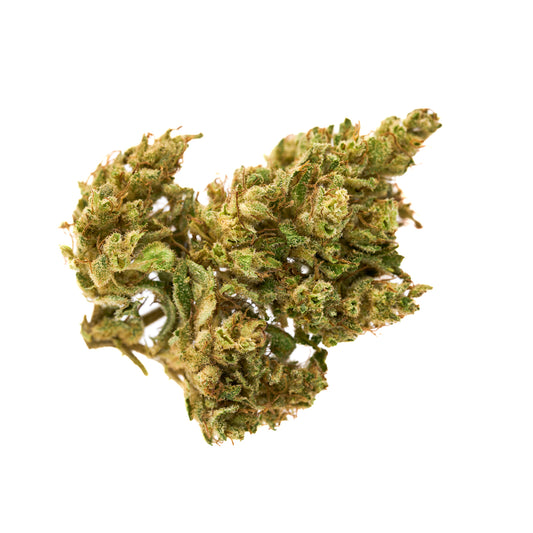
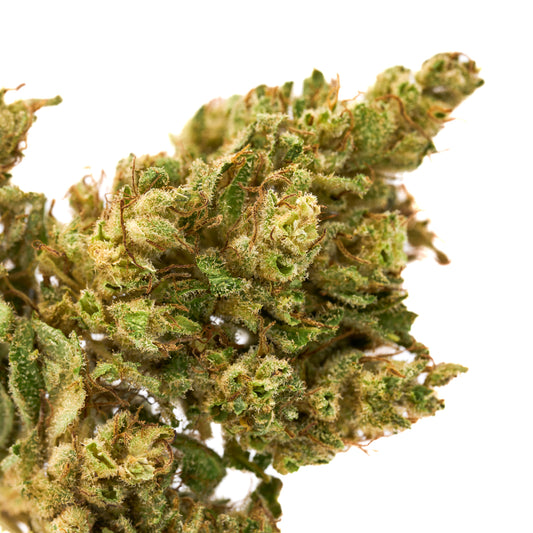
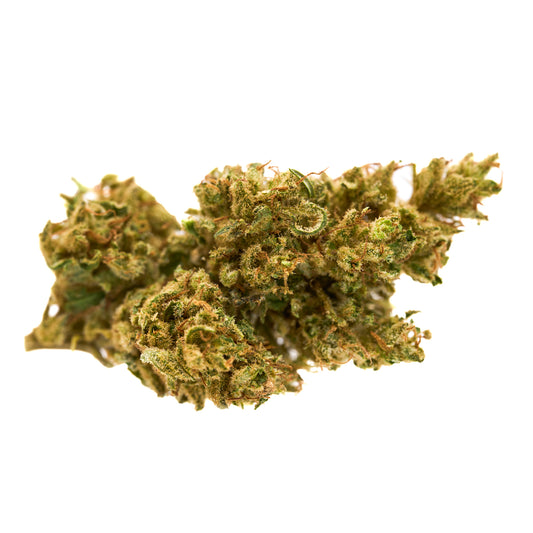
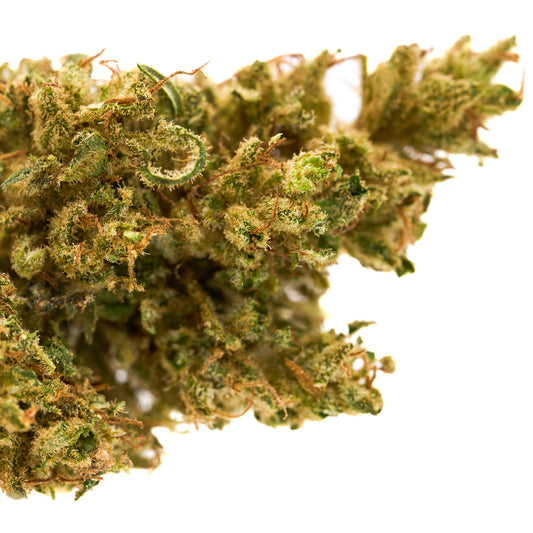
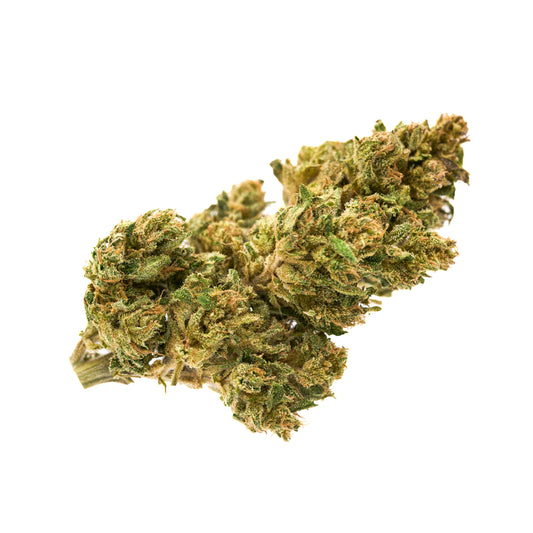
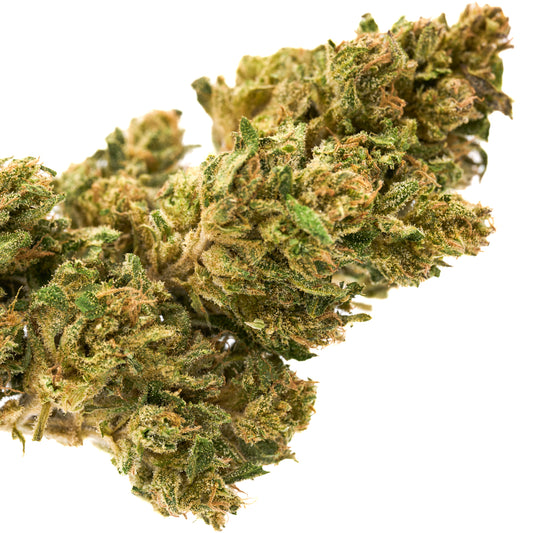



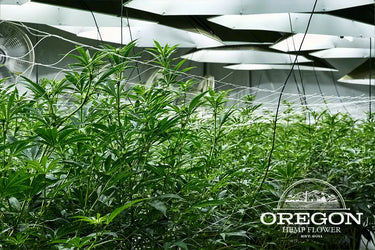

Leave a comment
Please note, comments need to be approved before they are published.